Why You Should Try 80/20 Running

The running world is full of facts, myths and legends, so when it comes to your training it can be hard to know which method to follow. Here, we delve deeper into the 80/20 running ‘rule’ and how it could help you reap some big running rewards.
What is 80/20 running?
So here’s the deal: you want to improve as a runner, but you’re not sure how often you should be cruising on easy runs or smashing out speed sessions. Or are moderate-paced runs the way forward? Whether you’re a seasoned runner or a first-time runner chasing infinitesimal PB gains or just a higher level of fitness, it’s important to get the balance right when it comes to the intensity of your workouts.
This is where 80/20 running can come to the rescue. In short, 80/20 running refers to the percentage of runs performed at higher or lower intensity each week, with 80% of runs (the ‘80’) being completed at a lower intensity and the remaining 20% (the ‘20’) at a higher intensity. This means that the majority of your runs should be slow and feel easy, ensuring you have the capacity and drive to really nail those higher intensity efforts.
In other words, there’s no middle-of-the-road with 80/20 running. While it’s common for recreational runners to want to push moderately hard on every run – neither hitting easy pace nor pushing beyond their threshold – it’s actually alternating between these two ‘extremes’, as per the 80/20 split, that will help you to improve as a runner. Plough on at moderate running intensity day in, day out and you’ll soon feel too fatigued for anything faster and hit a training plateau.
Seiler’s science
This training theory is the result of a growing body of research into 80/20 running, spearheaded by American exercise physiologist Stephen Seiler in the early 2000s. Although the idea of running slower to get quicker has been around for decades, Seiler was the first to identify 80/20 as the optimum numerical split, having spent time studying the training routines of a group of elite endurance athletes.
Seiler noticed that most of the athletes executed the majority of their training runs below race pace, meaning they were less likely to get injured or burnt out. Instead, they felt fresher – both physically and mentally – when tackling harder sessions and races themselves.
Fast-forward to more recent years and we still have some of the finest runners in the world swearing by the 80/20 rule. In the marathon domain, former world record holder Paula Radcliffe was known to have completed 12 of her 15 runs over an eight-day cycle at lower intensity during her peak, and current world record holder Eliud Kipchoge famously adheres to a surprisingly simple training regime centred on 80/20 running.
But while Seiler based his research on elites, you don’t need to be a world-leading athlete to do 80/20 running. The ‘80/20’ most certainly does not have to mean 80km (or 80 miles!) at low intensity and 20km at high intensity every week! It is a ratio – so whether you do indeed run 100km a week or are a new or returning runner slowly building up a much smaller base, the same rule can apply and help you improve at the sport.
The effortless 80
To reiterate, the ‘80’ in 80/20 refers to 80% of your weekly training runs, which should be at a comfortable pace – slow enough so you can hold a conversation while you move and keep working at 60-70% of your maximum heart rate.
Remember, your easy pace is different to someone else’s, so always work to your own level. The easy 80% of your weekly training can also include lower intensity exercises like gentle cycling or using the elliptical, so if you’re coming back from a running-related injury or want to mix things up a bit, you’re covered.
The intense 20
The remaining 20% of your weekly mileage should be completed at a higher intensity through speed work and interval training – anything that involves quick, explosive efforts that raise your heart rate to as high as 90-100% of its maximum. You definitely won’t be able to hold a conversation at this pace!
But even within a single interval session, you’re still incorporating different intensities. Let’s say you’re doing a session of 6 x 800m, with 400m recoveries between each rep and an easy 3km warm up and 3km cool down either side.
The 800m reps will see you pushing hard beyond your threshold level, ticking off the higher intensity running needed for your 20%. The 400m recoveries, meanwhile, will see you dip right down in pace, along with the easy warm up and cool down – which are great examples of lower intensity running needed for your 80%. Besides, it’s impossible to maintain higher intensity running for more than short bursts at a time.
Benefits of 80/20 running
Stick with 80/20 running and your overall health and training performance is very likely to profit.
To begin, the easy 80% of running helps your cardiovascular, respiratory and muscular systems to work more efficiently. It also improves your endurance – which is ideal for long-distance running – and strengthens your ligaments, tendons, bones and joints while reducing your risk of injury, which is so often associated with running too hard too often.
All this easy running primes you well for the 20% of higher intensity running, which in itself makes use of power-generating fast-twitch muscle fibres and helps you to build a stronger heart. It also boosts your cardiovascular fitness and ability to stay strong when it starts to feel tough!
But these higher workouts put a lot of stress on the body, which is why you should only perform them once or twice a week – or whatever constitutes your 20% – and never back-to-back.
Is it worth it?
While research into training methods continues, the 80/20 running streak is still going strong, with elites and amateurs alike sticking by this rule with notable success. It’s uncertain whether new science will come along to disprove it, but for now at least the general consensus is that running predominantly slow really will help you to speed up for the sessions and races that count – no matter how odd that may seem at first!
So, if you’re not a convert already, will you give 80/20 running a go? To learn more about how this type of training could work for you, check out the video below.

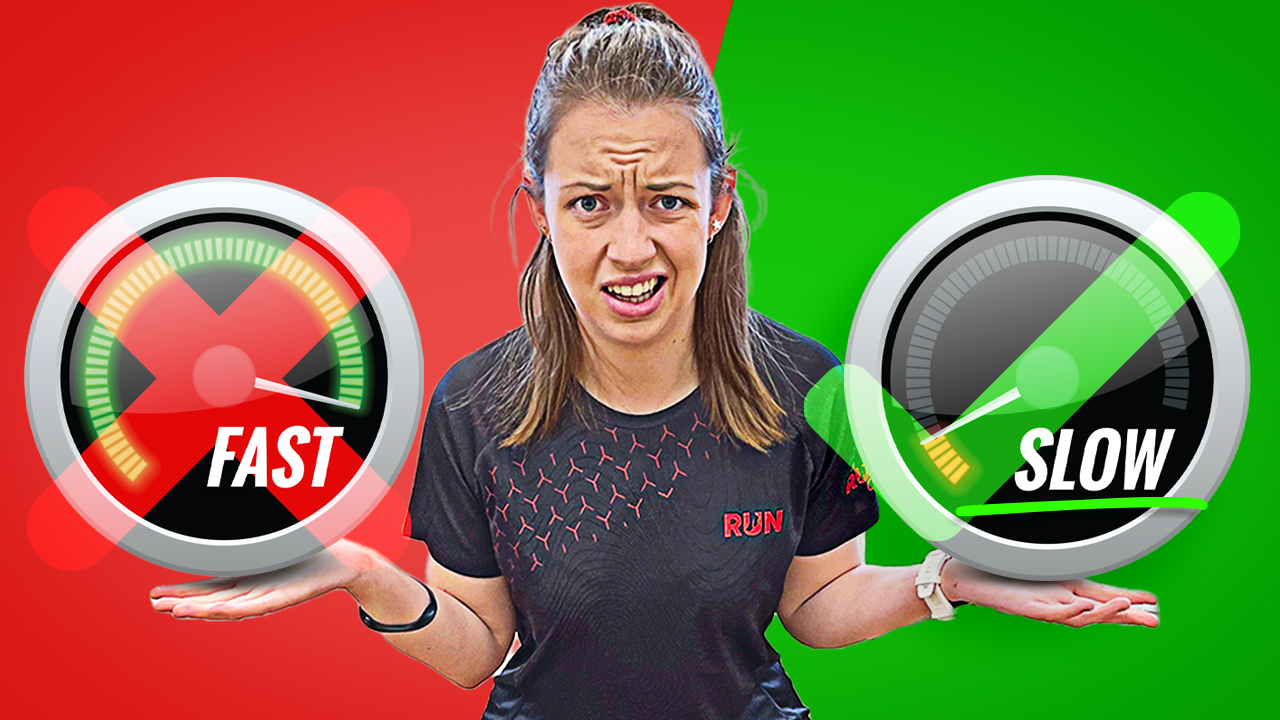










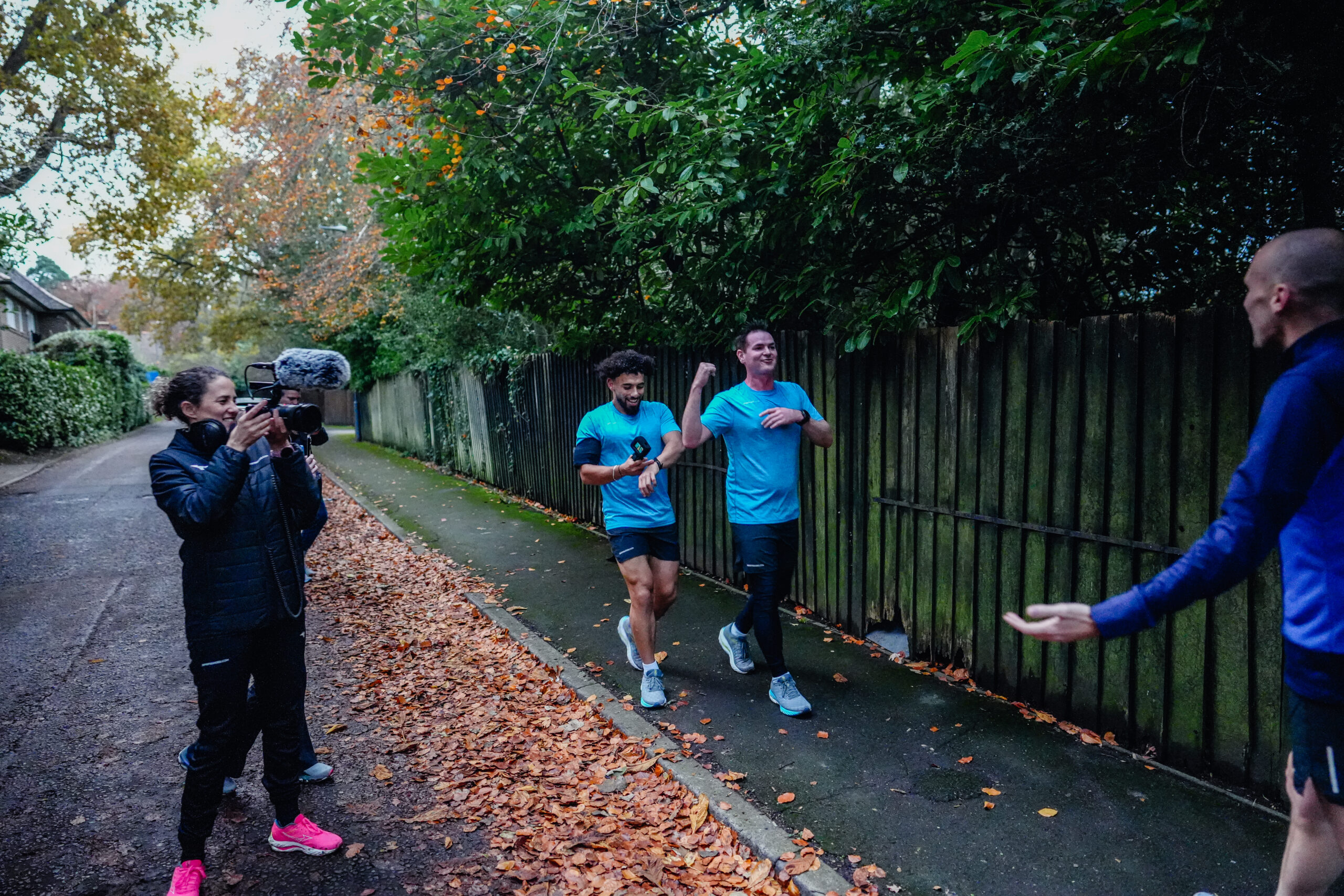



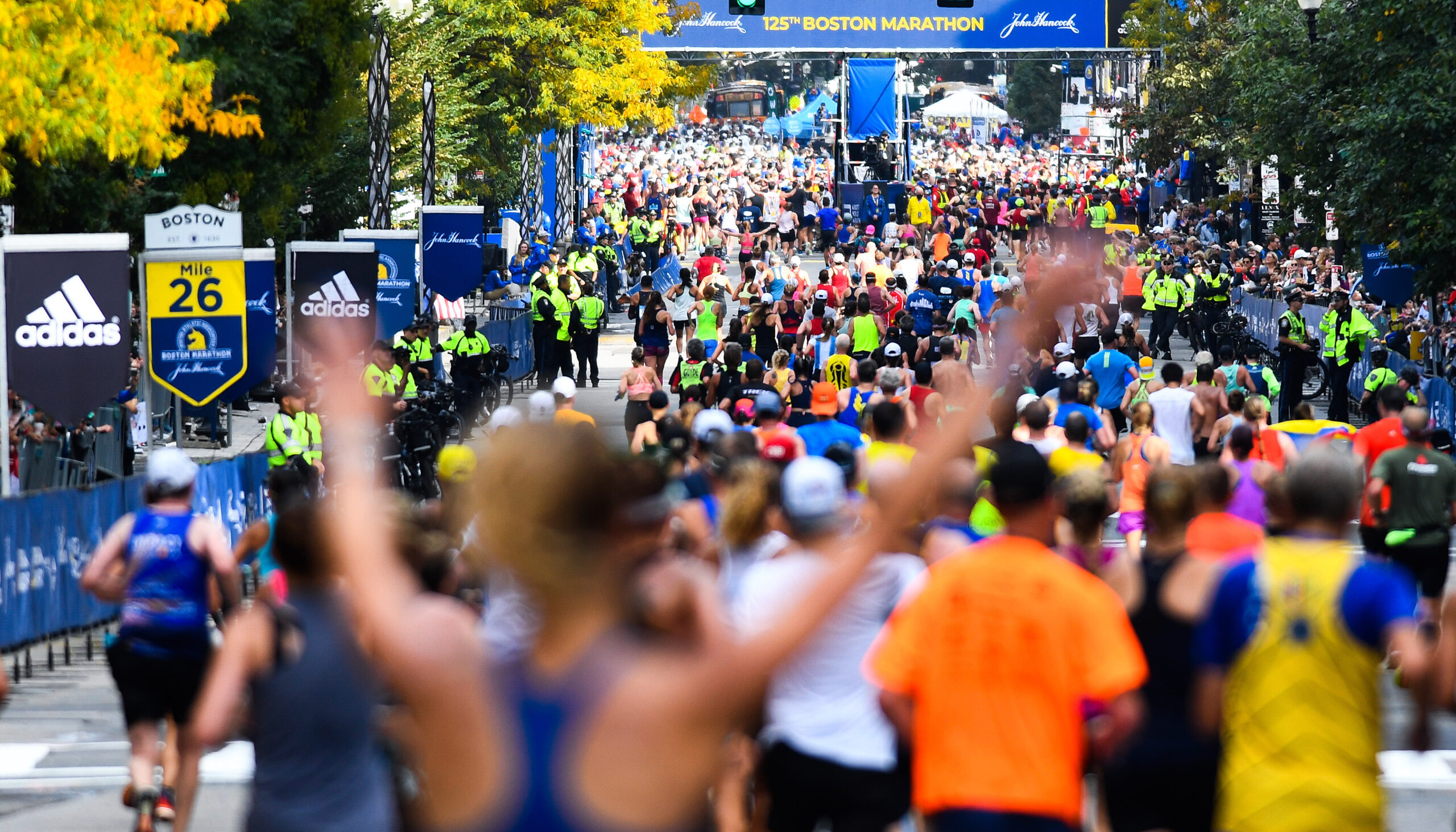


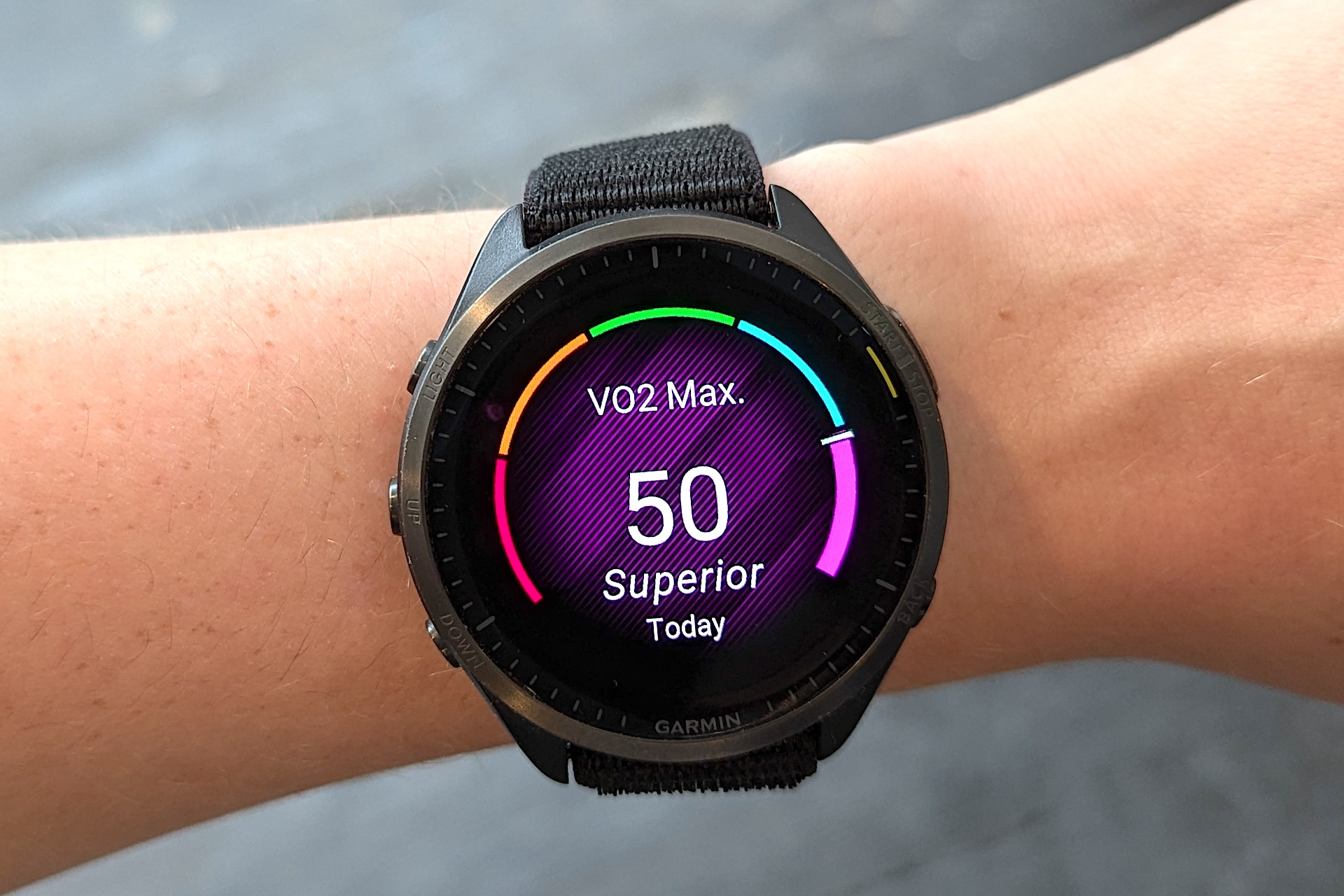

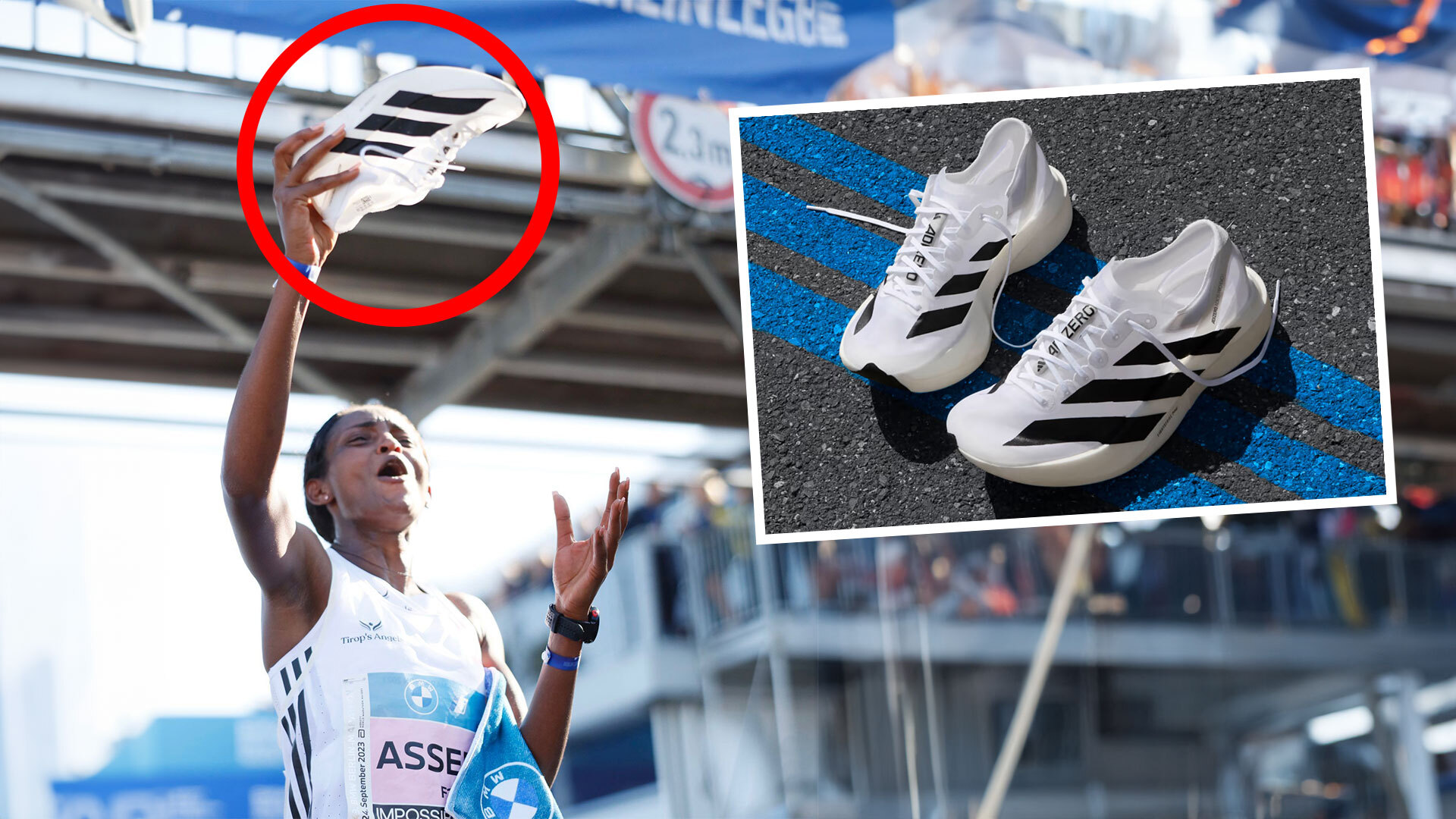



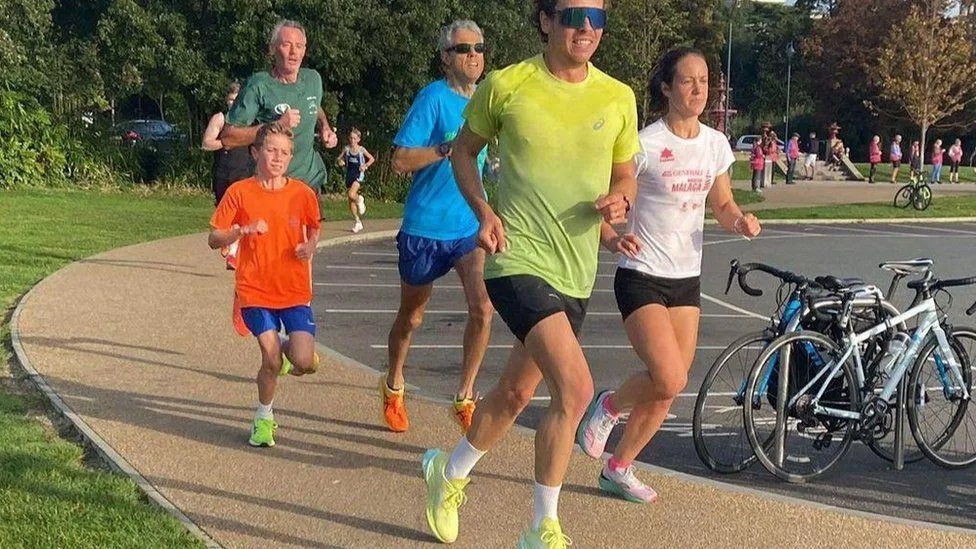
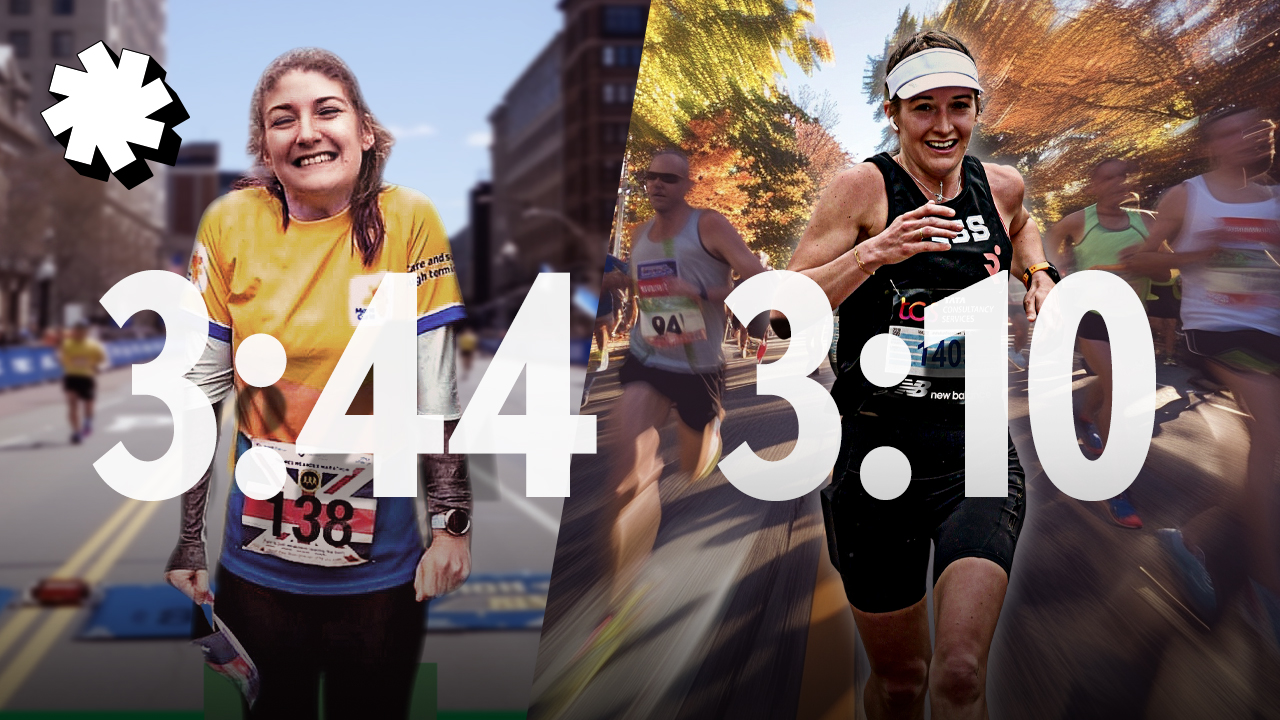

Running News
Paris 2024 Olympics Running Schedule
What Are Olympic Medals Actually Made From?
On Cloudboom Strike LS Initial Thoughts